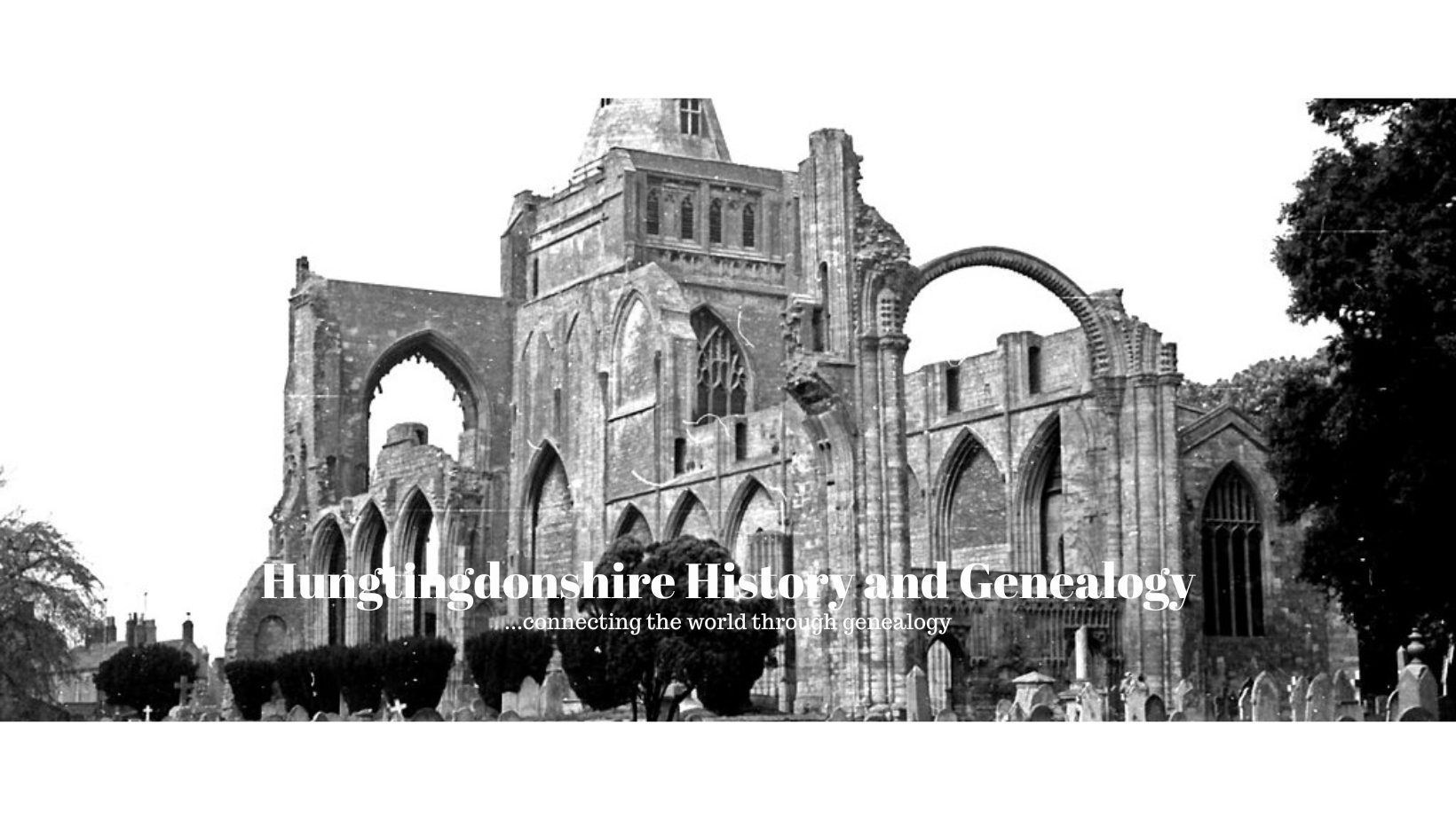Since the open fields here were enclosed and new roads made, Toseland is now a "street" village along which are a few old cottages. In "bluebell" Toseland Wood is the extensive moated site of the manor house which was the predecessor of the one now standing at the western end of the village. Here is one of the best manor houses still remaining in the county. Of rectangular plan and built about 1600, its main front of beautiful dark red brick has three equal-sized gables, numerous stone mullioned windows and a small entrance porch. Probably the superb clustered chimney-stacks are its best feature. When Graveley airfield (now destroyed) was being planned it was proposed to reduce these stacks in height because of one of the runways and the possible danger to landing aircraft. However, strong protests were made and the runway was slightly aletered in direction and the stacks saved. The adjoining farmyard has been excellently trdtored and has a large thatched brick barn and other buildings contemporary with the house.
The little Norman church was drastically rebuilt in 1873 by Sir A.W. Blomfield but the fine Norman south doorway was left in position. By the south wall is a large sarsen stone thought to be the Hundred Stone of Toseland Hundred.
[Extracts from The Kings England Bedfordshire and Huntingdonshire by Arthur Mee]
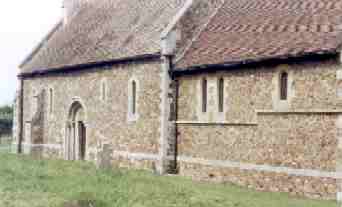 |
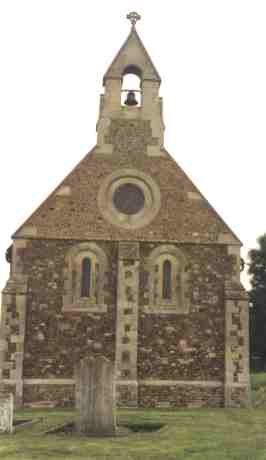 |
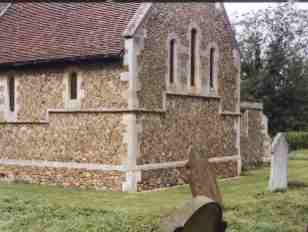 |
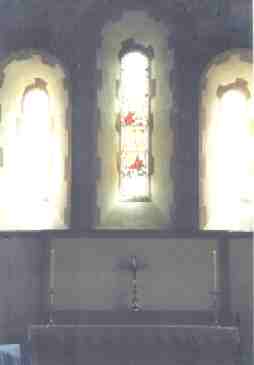 |
Top: Three views of the Church.
Left & Right: Stained Glass Windows inside the church |
 |
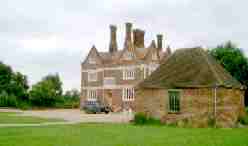 |
Left & Right: The manor house with high stack chimneys. | 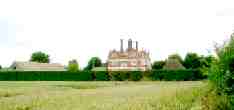 |
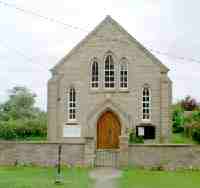 |
Left & Right: The Methodist Church. | 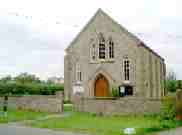 |
